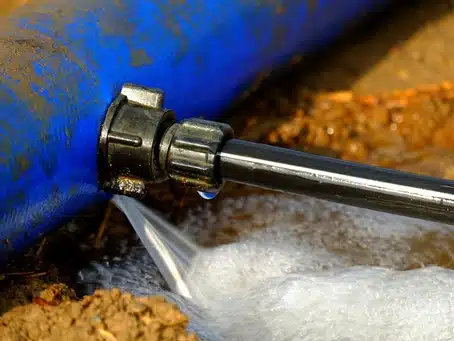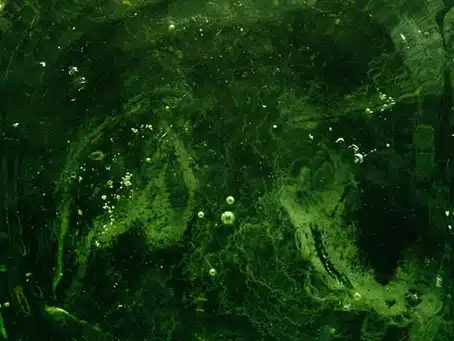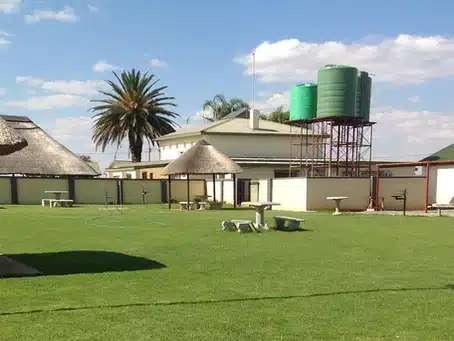How to Spot Problems with Water Storage Tanks

Water storage tanks are an important part of many homes and businesses that rely on atmospheric water generators for their water needs. While most tanks are designed to last for years without any issues, it’s important to be aware of the signs that your tank may be in need of repair or replacement.
The Most Common Problems with Water Storage Tanks
There are a few different issues that occur most frequently with water storage tanks. These include:
- Leaking – One of the most obvious signs that your tank needs repair is leaking. If you notice any water on the ground around your tank, it’s important to investigate the source of the leak and have it repaired as soon as possible.
- Corrosion – Another common issue with water storage tanks is corrosion. This can be caused by a number of factors, including the water itself, the materials the tank is made from, and even the location of the tank. If you notice any corrosion on your tank, it’s important to have it inspected and repaired as soon as possible to prevent further damage.
- Overflowing – If your tank is overflowing, it’s likely due to a problem with the float valve or another component of the tank. This is a serious issue that should be addressed as soon as possible to avoid water damage to your home or business.
- Damage – Water storage tanks are susceptible to damage from a variety of sources, including animals, weather, and even vandals. If you notice any damage to your tank, it’s important to have it repaired as soon as possible to prevent further damage and avoid the need for replacement.
If you notice any of these problems with your water storage tank, it’s important to have it inspected by a professional as soon as possible. A qualified technician will be able to determine the cause of the problem and make the necessary repairs to ensure that your tank is in good working order.
How to Find Water Tank Leaks
Leaks can appear at several different points of failure. The first point of failure is usually the seams where two panels come together. Another potential point of failure is any fittings that are used to connect pipes or hoses to the tank.
Checking Atmospheric Water Generators Pipes & Connectors
If you suspect your atmospheric water generator is leaking, the first step is to check for any water on the ground around the unit. If you see any water, it’s important to determine the source of the leak and have it repaired as soon as possible.
You can also check for leaks by doing a visual inspection of all the fittings and connections on your tank. If you see any water or moisture, it’s important to determine the source of the leak and have it repaired as soon as possible.
Use a Tank Pressure Gauge
Another way to check for leaks is to use a pressure gauge to test the pressure inside the tank. If the pressure is lower than normal, it could be an indication of a leak.
Tank pressure gauges can be purchased at most hardware stores. Installing a pressure gauge is a relatively simple process that can be completed in a few minutes.
Once you have installed the pressure gauge, turn on the water to your atmospheric water generator and allow it to fill the tank. Once the tank is full, check the pressure gauge to see what the reading is.
If the pressure is lower than normal, it’s an indication that there is a leak somewhere in the system. It’s important to determine the source of the leak and have it repaired as soon as possible.
Performing a Visual Inspection
A visual inspection is the best way to catch small leaks before they become big problems. You should inspect your tank regularly for any signs of water damage, corrosion, or other issues.
If you suspect your atmospheric water generator unit is leaking, it’s important to have it inspected by a professional as soon as possible. A qualified technician will be able to determine the cause of the leak and make the necessary repairs to ensure that your tank is in good working order.
How to Prevent Water Tank Corrosion
Corrosion is a common issue with water storage tanks, but it can be prevented with proper care and maintenance. The most important thing you can do to prevent corrosion is to ensure that your tank is made from materials that are resistant to corrosion.
Another way to prevent corrosion is to regularly inspect your tank for any signs of corrosion and have it repaired as soon as possible.
You can also prevent corrosion by regularly cleaning your tank and keeping it free of debris. If you have a metal tank, it’s important to regularly inspect it for rust and have it repainted as necessary.
If you live in an area with high humidity, it’s also important to take steps to prevent condensation from forming on the inside of your tank. This can be done by regularly opening the tank to allow air to circulate and by using a dehumidifier in the area where the tank is located.
How to Prevent Overflowing
Overflowing is usually caused by a problem with the float valve or another component of the tank. This is a serious issue that should be addressed as soon as possible to avoid water damage to your home or business.
If you notice that your tank is overflowing, the first step is to check the float valve and make sure it’s working properly. If the float valve is stuck in the open position, it will need to be replaced.
If you have a pressure-regulated tank, it’s also important to check the pressure relief valve and make sure it’s working properly. If the pressure relief valve is stuck in the open position, it will need to be replaced.
It’s also important to check the overflow pipe to make sure it’s not blocked. If the overflow pipe is blocked, water will back up into your home or business and cause extensive damage.
If you have a tank with an automatic shut-off valve, it’s important to check the battery backup to make sure it’s working properly. If the battery backup is not working, the valve will not close when the tank is full and water will continue to overflow.
If you have a gravity-fed tank, it’s important to check the inlet and outlet pipes to make sure they are not blocked. If either of these pipes is blocked, water will not be able to flow into or out of the tank and it will eventually overflow.
It’s also important to check the level of the ground around your tank. If the ground is too high, water will not be able to drain properly and it could cause your tank to overflow.
If you have a septic tank, it’s important to have it pumped on a regular basis. If the septic tank is not pumped, solids will build up and eventually block the outlet pipe. This will cause the tank to overflow.
If you have a below-ground tank, it’s important to check the drain field on a regular basis. If the drain field is not working properly, water will not be able to drain from the tank and it could overflow.
What to Do If Your Water Storage Tank is Damaged
If your water storage tank is damaged, it’s important to have it repaired or replaced as soon as possible. A damaged tank can leak and cause extensive damage to your atmospheric water generator unit, not to mention the risk of water contamination.
To prevent future damage, make sure that your tank is properly anchored. If your tank is not anchored, it could shift during a storm and cause extensive damage. It’s also important to regularly inspect your tank for any signs of wear and tear. If you notice any cracks or leaks, have them repaired as soon as possible.
Aquaria Atmospheric Water Generators – The Perfect Water Harvesting Solution
Aquaria’s atmospheric water generators are an important part of any home or business. With proper care and maintenance of your entire water from air system, they will provide you with many years of trouble-free service.
If you are looking for alternatives to water, Aquaria’s atmospheric water generators are the perfect solution and are an ideal solution for homes, businesses, and even industrial applications.
Aquaria’s atmospheric water generators are also easy to install and require very little maintenance. With an Aquaria atmospheric water generator, you’ll have a constant supply of fresh, clean water from air that’s free of contaminants.
Contact us today to find the right water from air solution that works for you.

